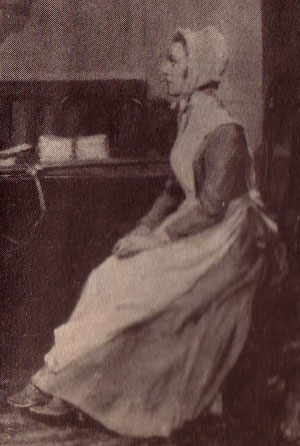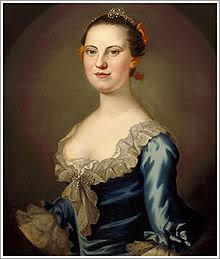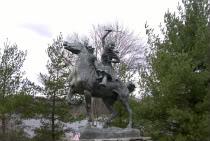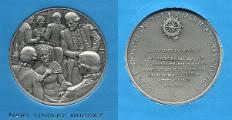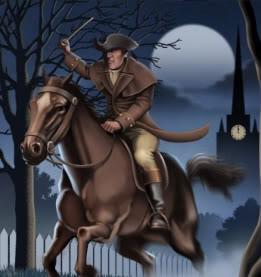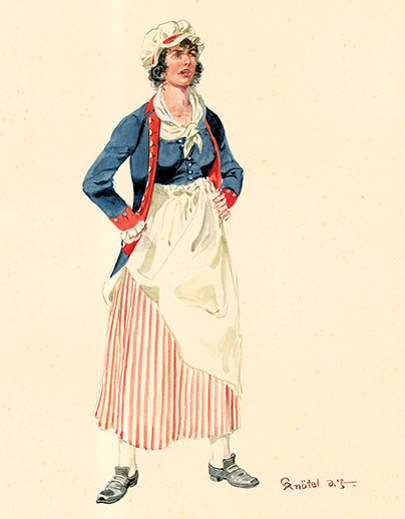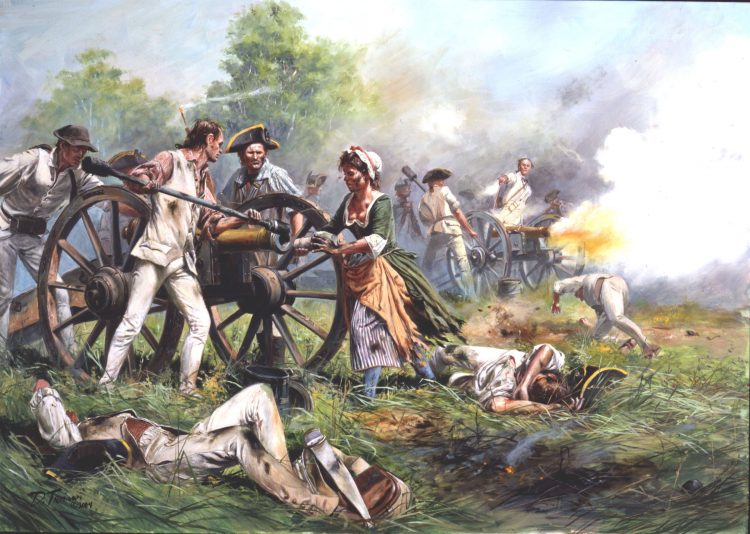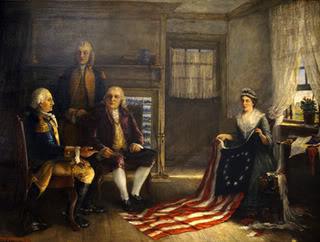Heroine of the Battle of Whitemarsh Lydia Darragh was a Quaker woman who crossed enemy lines during the British occupation of Philadelphia, Pennsylvania. Her mission was to pass information to General George Washington and the Continental Army, warning them of an impending British attack. Lydia Barrington was born in 1729 in Dublin, Ireland. On November 2, 1753, she married the family tutor, William Darragh, the son of a clergyman. After a few years of marriage, they immigrated to the American colonies. Members of the Quaker faith, the couple settled in Philadelphia where there was a large Quaker community. William worked as a tutor, and Lydia was a midwife. She gave birth to and raised five children: Charles, Ann, John, William,…
